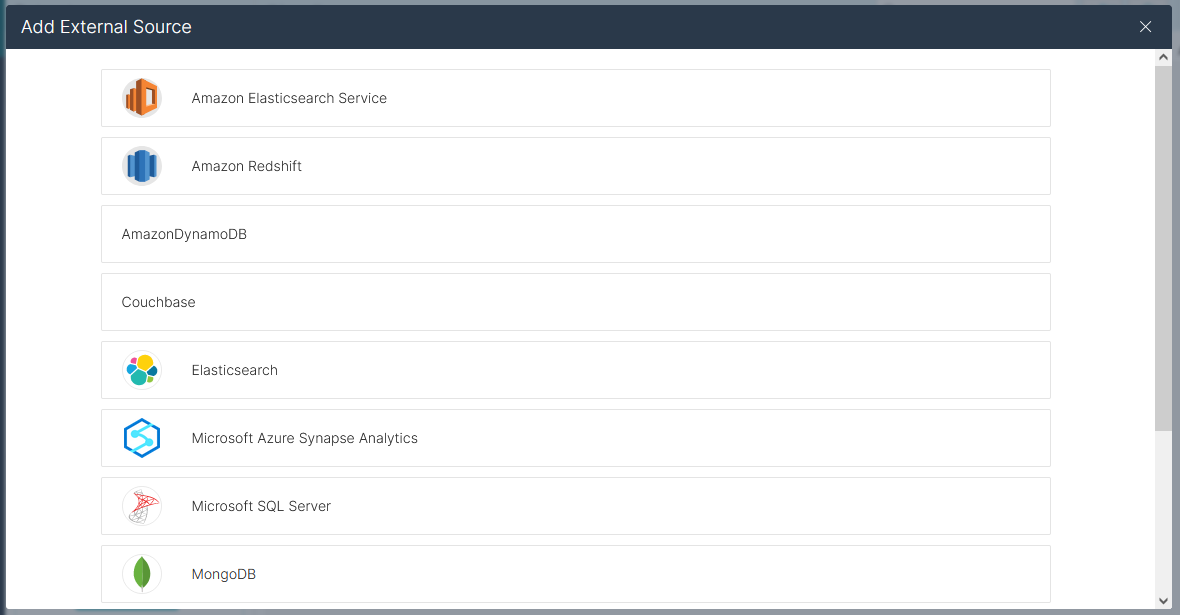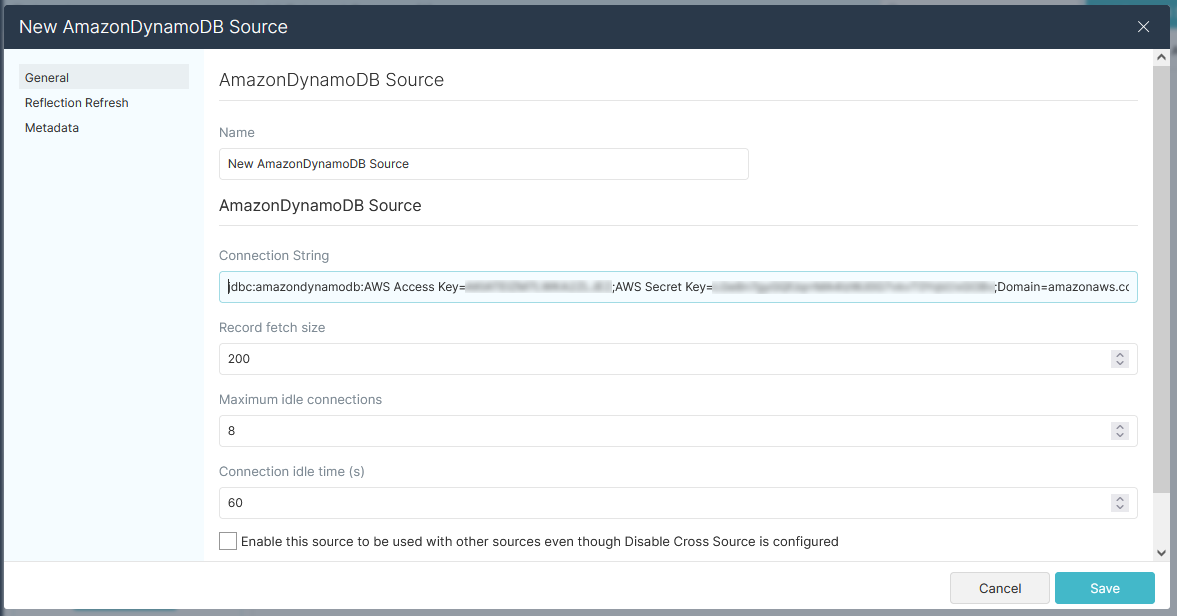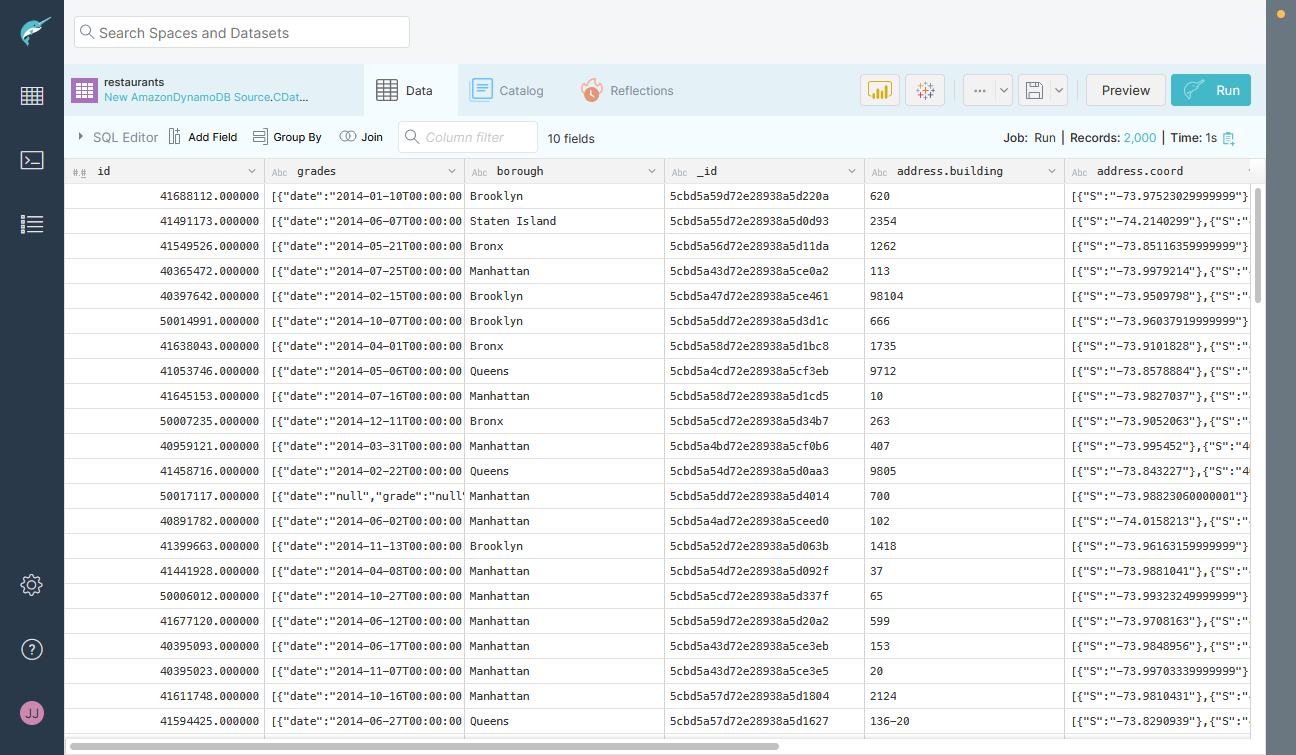Discover how a bimodal integration strategy can address the major data management challenges facing your organization today.
Get the Report →Connect to XML Data in as an External Source in Dremio
Use the CData JDBC Driver to connect to XML as an External Source in Dremio.
The CData JDBC Driver for XML implements JDBC Standards and allows various applications, including Dremio, to work with live XML data. Dremio is a data lakehouse platform designed to empower self-service, interactive analytics on the data lake. With the CData JDBC Driver, you can include live XML data as a part of your enterprise data lake. This article describes how to connect to XML data from Dremio as an External Source.
The CData JDBC Driver enables high-speed access to live XML data in Dremio. Once you install the driver, authenticate with XML and gain immediate access to XML data within your data lake. By surfacing XML data using native data types and handling complex filters, aggregations, & other operations automatically, the CData JDBC Driver grants seamless access to XML data.
Build the ARP Connector
To use the CData JDBC Driver in Dremio, you need to build an Advanced Relation Pushdown (ARP) Connector. You can view the source code for the Connector on GitHub or download the ZIP file (GitHub.com) directly. Once you copy or extract the files, run the following command from the root directory of the connector (the directory containing the pom.xml file) to build the connector.
mvn clean install
Once the JAR file for the connector is built (in the target directory), you are ready to copy the ARP connector and JDBC Driver to your Dremio instance.
Installing the Connector and JDBC Driver
Install the ARP Connector to %DREMIO_HOME%/jars/ and the JDBC Driver for XML to %DREMIO_HOME%/jars/3rdparty. You can use commands similar to the following:
ARP Connector
docker cp PATH\TO\dremio-xml-plugin-20.0.0.jar dremio_image_name:/opt/dremio/jars/
JDBC Driver for XML
docker cp PATH\TO\cdata.jdbc.xml.jar dremio_image_name:/opt/dremio/jars/3rdparty/
Connecting to XML
XML will now appear as an External Source option in Dremio. The ARP Connector built uses a JDBC URL to connect to XML data. The JDBC Driver has a built-in connection string designer that you can use (see below).

Built-in Connection String Designer
For assistance in constructing the JDBC URL, use the connection string designer built into the XML JDBC Driver. Double-click the JAR file or execute the jar file from the command line.
java -jar cdata.jdbc.xml.jar
Fill in the connection properties and copy the connection string to the clipboard.
See the Getting Started chapter in the data provider documentation to authenticate to your data source: The data provider models XML APIs as bidirectional database tables and XML files as read-only views (local files, files stored on popular cloud services, and FTP servers). The major authentication schemes are supported, including HTTP Basic, Digest, NTLM, OAuth, and FTP. See the Getting Started chapter in the data provider documentation for authentication guides.
After setting the URI and providing any authentication values, set DataModel to more closely match the data representation to the structure of your data.
The DataModel property is the controlling property over how your data is represented into tables and toggles the following basic configurations.
- Document (default): Model a top-level, document view of your XML data. The data provider returns nested elements as aggregates of data.
- FlattenedDocuments: Implicitly join nested documents and their parents into a single table.
- Relational: Return individual, related tables from hierarchical data. The tables contain a primary key and a foreign key that links to the parent document.
See the Modeling XML Data chapter for more information on configuring the relational representation. You will also find the sample data used in the following examples. The data includes entries for people, the cars they own, and various maintenance services performed on those cars.

NOTE: To use the JDBC Driver in Dremio, you will need a license (full or trial) and a Runtime Key (RTK). For more information on obtaining this license (or a trial), contact our sales team.
Add the Runtime Key (RTK) to the JDBC URL. You will end up with a JDBC URL similar to the following:
jdbc:xml:RTK=5246...;URI=C:/people.xml;DataModel=Relational;
Access XML as an External Source
To add XML as an External Source, click to add a new source and select XML. Copy the JDBC URL and paste it into the New XML Source wizard.

Save the connection and you are ready to query live XML data in Dremio, easily incorporating XML data into your data lake.

More Information & Free Trial
Using the CData JDBC Driver for XML in Dremio, you can incorporate live XML data into your data lake. Check out our CData JDBC Driver for XML page for more information about connecting to XML. Download a free, 30 day trial of the CData JDBC Driver for XML and get started today.






